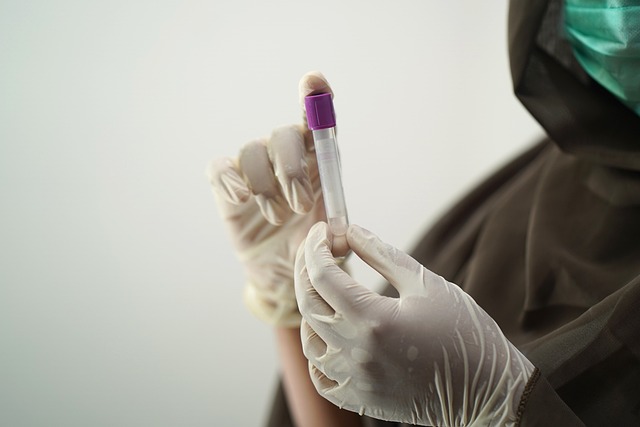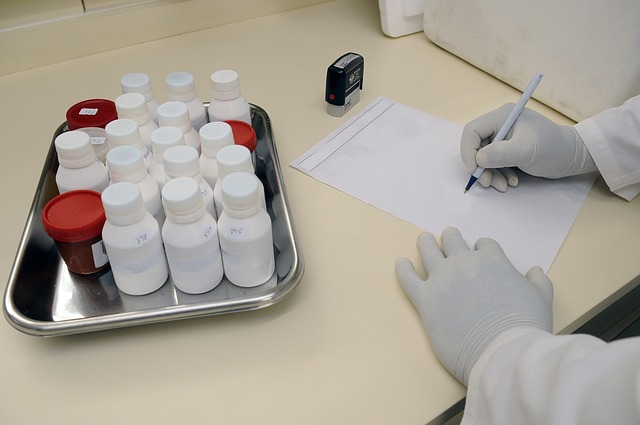The world of healthcare is continually evolving, and at the forefront of this transformation are innovative technological solutions designed to enhance simulation diagnostics. In recent years, we’ve witnessed astounding advancements that not only improve patient outcomes but also streamline the diagnostic process. These innovations are crucial as they allow healthcare professionals to simulate various health scenarios, thus refining their skills and techniques without putting real patients at risk.
One of the most significant breakthroughs in simulation diagnostics is the development of high-fidelity mannequins and virtual reality platforms. These advanced tools provide lifelike simulations, enabling medical students and practitioners to practice and hone their diagnostic skills in a controlled environment. Imagine a future where a doctor can diagnose a virtual patient, tackle complex medical conditions, and receive real-time feedback on their performance. This not only accelerates learning but also helps instill confidence in new healthcare professionals.
Moreover, health innovations extend beyond traditional training methods. Artificial intelligence (AI) is playing a pivotal role in enhancing simulation diagnostics. AI algorithms can analyze vast amounts of data and offer predictive insights based on various health indicators. This capability allows doctors to simulate outcomes and explore possible diagnoses before making crucial treatment decisions. As a result, AI-driven diagnostics are not only revolutionizing how practitioners assess health conditions but also improving patient safety by minimizing the risks associated with misdiagnosis.
Telemedicine is another area where simulation diagnostics are making waves. The ability to conduct remote patient evaluations and simulations has transformed the healthcare landscape. With telemedicine, healthcare providers can simulate conversations with patients, understand their symptoms, and guide them through initial diagnostic procedures—all without being physically present. This model has become crucial, especially in underserved areas where access to specialized care is limited. By utilizing simulation technologies, physicians can ensure that they remain connected and responsive, no matter the distance.
The integration of mixed reality in simulation diagnostics is also gaining traction. By merging virtual and augmented reality, these tools create immersive training environments that mimic real-world scenarios. Medical professionals can engage in surgeries, emergency response situations, and complex diagnostic challenges, all within a simulated context. This hands-on practice is invaluable—it equips healthcare workers with the skill set needed to excel in high-pressure environments and allows them to make informed decisions based on their simulated experiences.
Furthermore, the rise of wearable technology has introduced another dimension to health innovations. These devices can simulate various health metrics, providing continuous monitoring of patients in real time. By collecting data on heart rates, blood pressure, and other critical health indicators, healthcare providers can conduct simulations based on ongoing analysis. This not only enhances diagnostic accuracy but also enables proactive health management by anticipating potential complications before they escalate.
As we look to the future, it’s clear that simulation diagnostics will continue to play a significant role in the healthcare sector. By harnessing the power of technological and health innovations, we can create a more responsive and efficient healthcare system that prioritizes patient safety and quality of care. It is exciting to envision a world where simulations not only educate practitioners but also transform the patient experience, ushering in an era of unparalleled healthcare advancements.




